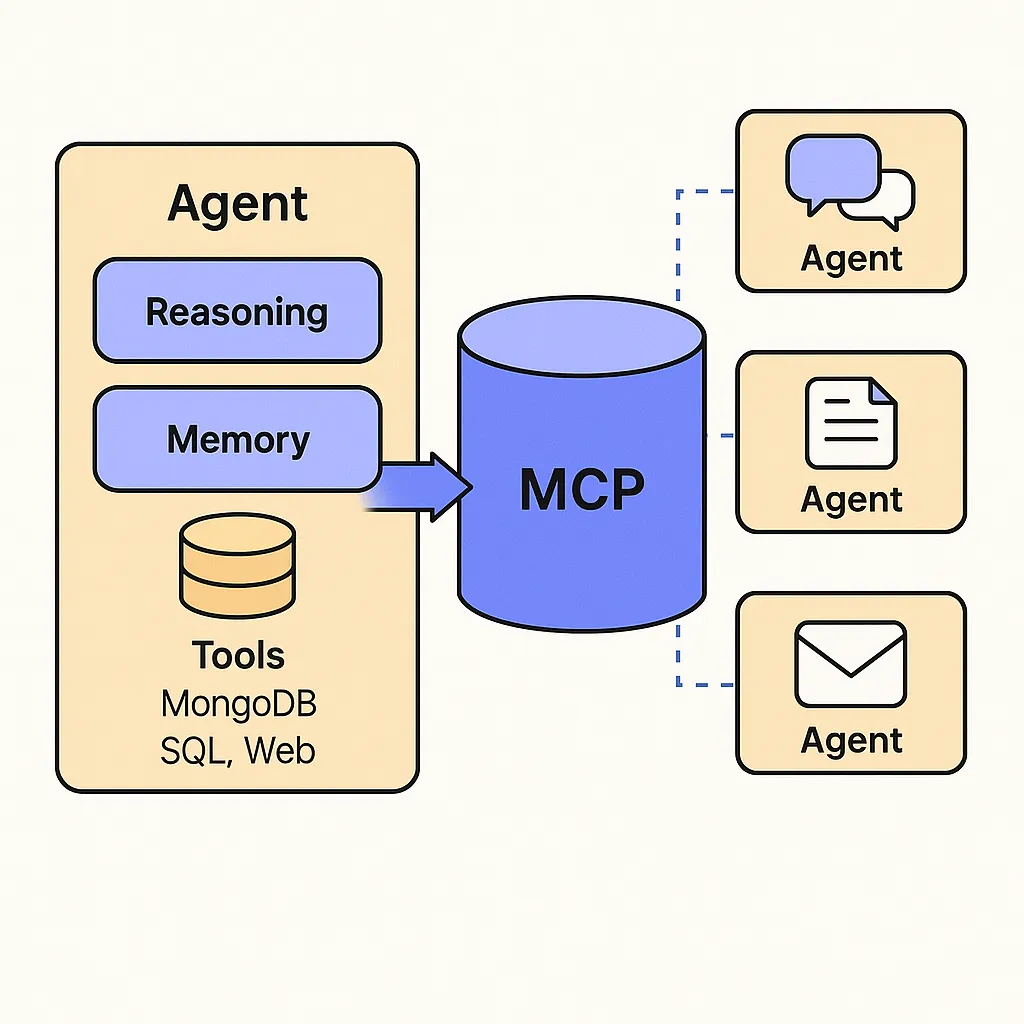Agentic Architectures Are Scaling With MCP and Multi-Agent Intelligence
How are AI agents working together in the new multi-agent system?
What is the role of the Supervisor Agent in the Hierarchical Multi-agent system?
How does the Spice project benefit the use of multiple data sources?

- AI Agents, No Longer Working Alone
- The Spread of New Data Infrastructure Driven by Multi-Agent Systems
[Unblock Media] Agents are no longer alone. AI has started social computing, where it communicates with each other, moves data directly, and commands other systems instead of speaking to itself.
AI is no longer a model that receives questions and only answers them one at a time. Today's agents analyze questions, select tools, and collaborate with external systems to execute tasks. For example, in Retrieval-Augmented Generation (RAG), a single agent decomposes a query, searches a vector DB, evaluates the results, and generates a response. [object Object]
Multi-agent systems are used in task-sharing based collaboration, from automated multi-step processes like code writing, testing, and deployment to document analysis, summarization, and email writing. In a Hierarchical Multi-agent system, for example, the Supervisor Agent receives the entire request while the Query Agent searches for information using different tools (web, email, DB, etc.), and the Supervisor consolidates it to generate the final response.
Spice (an open source project) integrates various data sources into one SQL endpoint and MCP (Model Context Protocol) networks them. Now agents can simultaneously call Google Maps, S3, MySQL from apps like IDE or Claude. @svpino noted, "Thanks to Spice, I can query multiple data sources at once in my IDE."
Virtuals Protocol is a Web3 platform designed for users to create AI agents directly and deploy DeFAI-based trading agents. When connected with MCP in the future, there is potential to realize a multi-agent task-sharing and assetized agent economy. [object Object]
The importance of this moment is highlighted because ChatGPT, Claude, and Gemini have exposed the limitations of isolated models. Enterprise AI needs an organized collaboration structure, and with the increase of open-source tools and LLM tools, standardization of communication between AI systems is necessary.
Future predictions suggest the spread of multi-agent systems and the rise of MCP as the standard messaging protocol between agents. All SaaS and APIs are likely to demand agent-ready infrastructure. Gartner predicts that by 2024, over 40% of enterprise AI deployments will include multi-agent coordination.
In conclusion, the era of a single AI answering is over. Now, AI must work together, learn from each other, and act autonomously. The era of true autonomous systems created by the combination of Agentic Architecture and MCP is worth paying attention to.
Get real-time crypto breaking news on Unblock Media Telegram! (Click)










